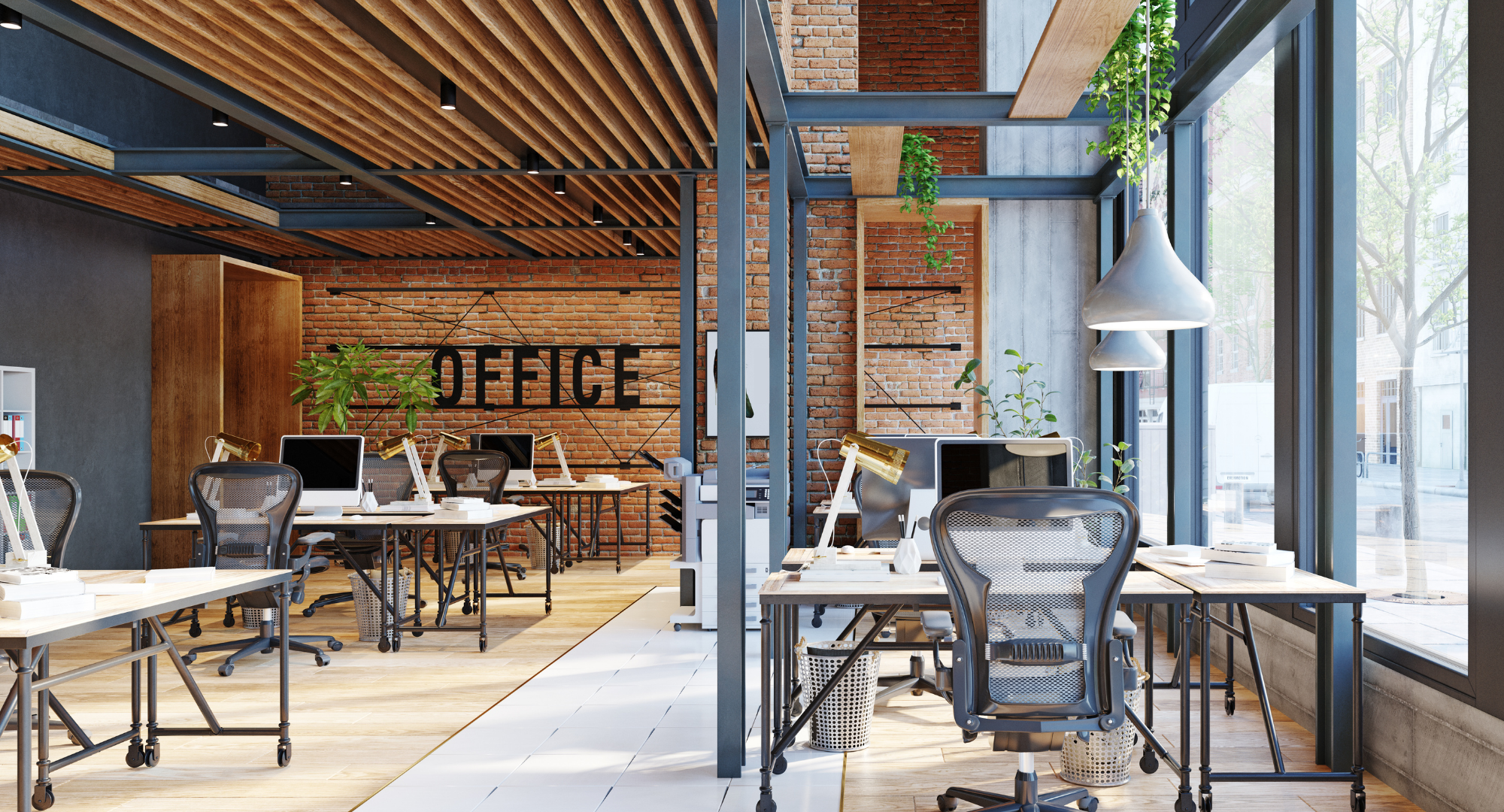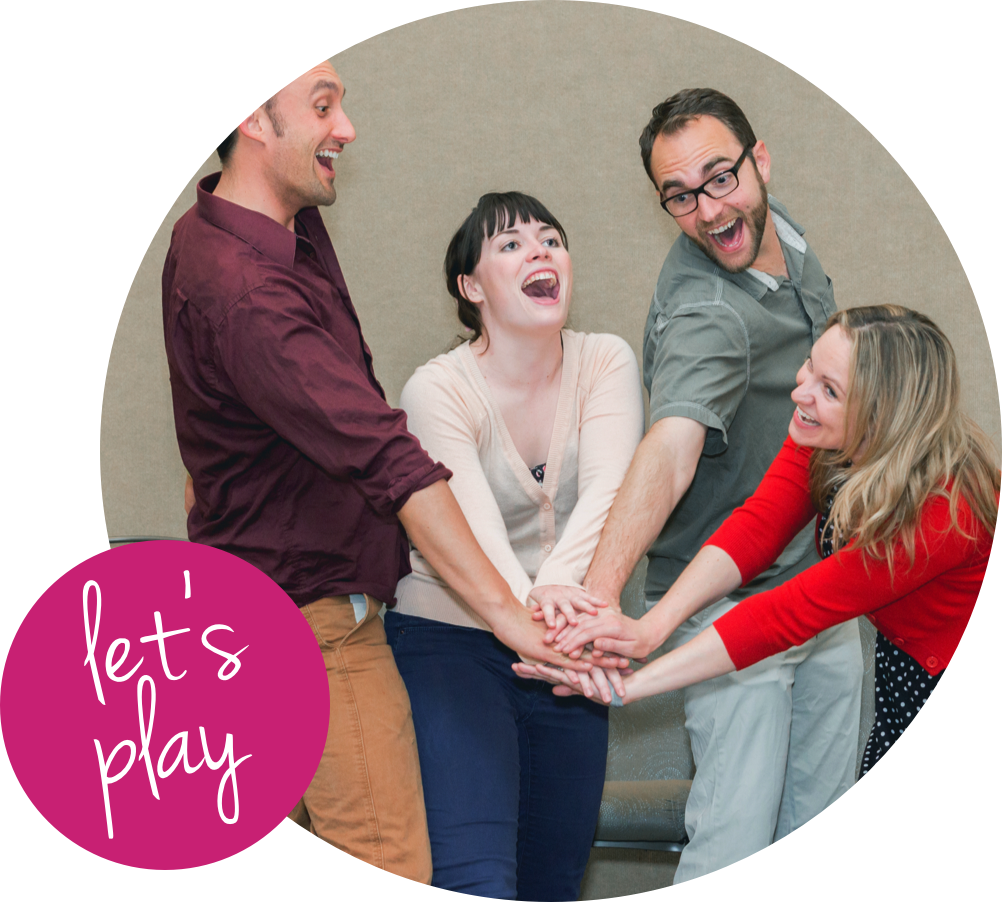Team Ziksana moved! We are actively using our new office design to improve productivity and workflow. We’ve learned that face-to-face interactions and spontaneous conversations are important to productivity. HBR data suggests that chance encounters and unplanned interactions improve performance. We recognize that office space is a strategic tool for growth because a well-designed workspace serves as a communication tool that can promote exploration, engagement, and energy.
In this short video tour, Team Ziksana’s President, Akshay Sateesh, invites you to take an inside look into our progress and process for office design:
Here are some of the preliminary ideas Team Ziksana has about our office design:
Small room = intimate space
Purpose: think about things in a different way
Interactions: 1 on 1 coaching, small group, or self-reflection
Tools:Whiteboard, reading material
Grandiose kitchen = refuel and strategize
Purpose: hub for Team Ziksana to come together in a casual way
Interactions: big group meetings, informal discussions
Tools: food & snacks, coffee, conference table, fun chairs, whiteboard w/ upcoming events
Big open space = work out in the open together
Purpose: get work done, enjoy ourselves, break people out of thinking, come together as a team to activate the workforce
Interactions: executive team coaching,
Tools: funky chairs, whiteboard, laptops, big screen, games
To stay on the cusp of the future of work, Ziksana has been actively designing our office to bridge the different preferences between generations in office design. Whereas Millennials tend to favor of the open-office trend because of the collegiate-like feel for open, collaborative workspaces, Gen Z tends to prefer smaller workspaces for solitary work time and one-on-one mentoring with their manager. For all generations, office design decisions need to motivate people to move and write on the walls and honor the value of alone time, which has been shown to boost job satisfaction and performance.
During office design, leaders need to take into account the various work and play preferences that keep people motivated.
Overall, spatial flexibility and functionality is important to the younger generations in the workforce. Intentionally designing a workspace that both encourages mobility, autonomy, and interaction AND gives room for privacy is a smart investment to create a more productive work environment that reflects the dual needs of all generations.
These are just some of our ideas for how we are going to activate our workspace to enhance our organizational culture. How can we tell that the way we are designing our office is effective? Our teammate Abbey just began a yoga book club after hours because she wants be at work after hours.
Of course, as continue to iterate, so check in often to see what we’ve done to the next part of our space.
Any curiosity for how we think about designing spaces? For how people really work together? Contact us for some ideas today!













